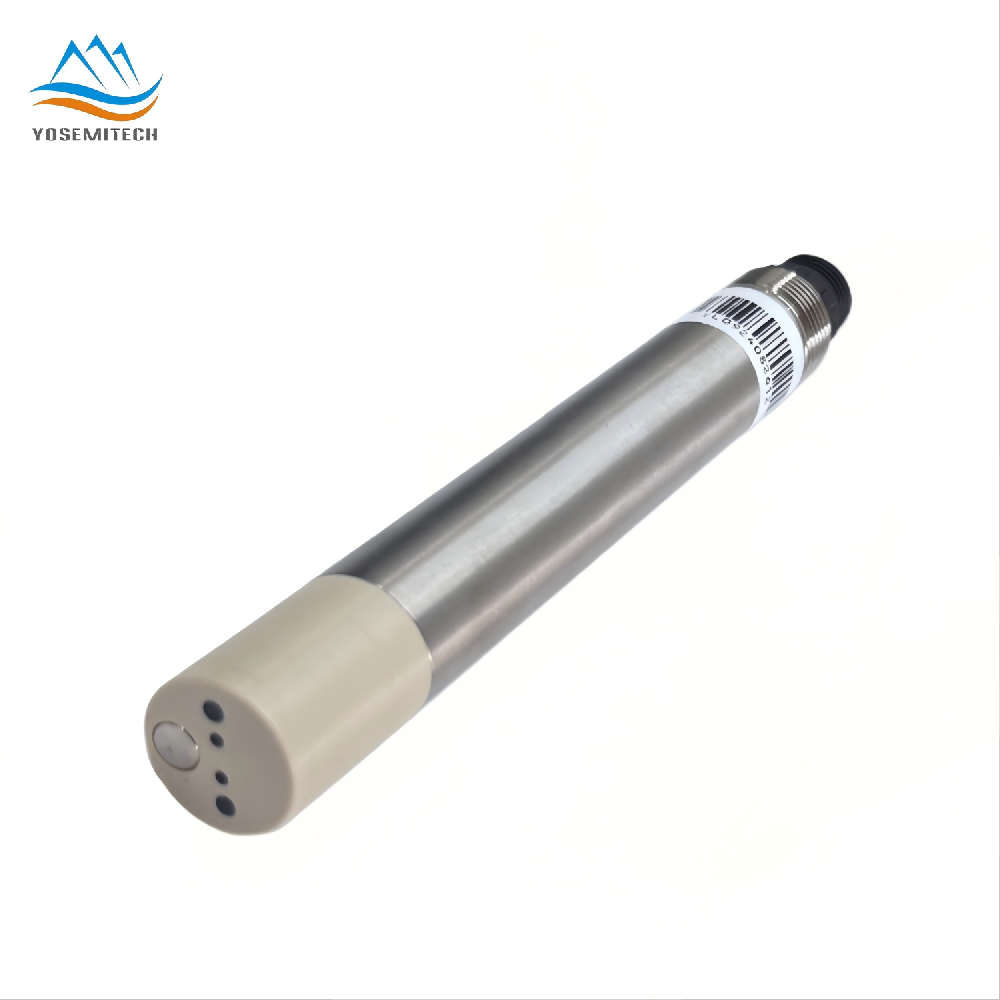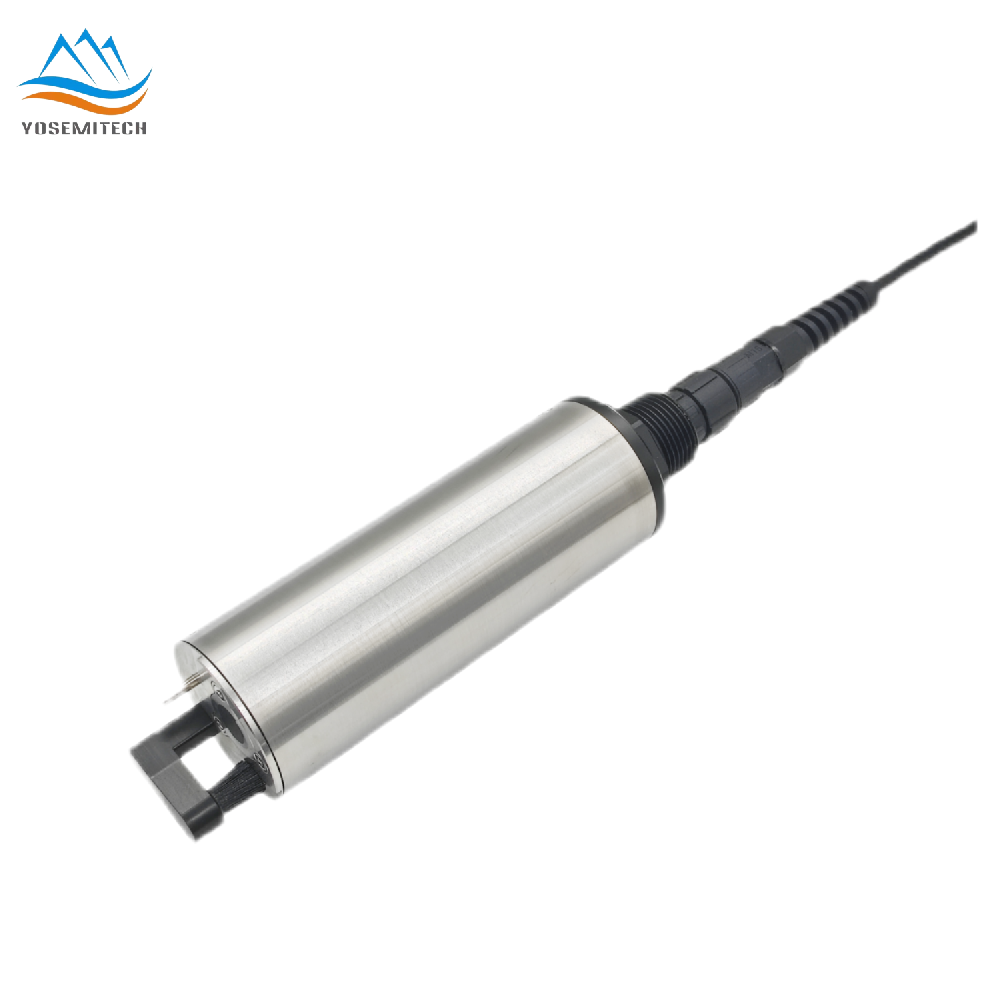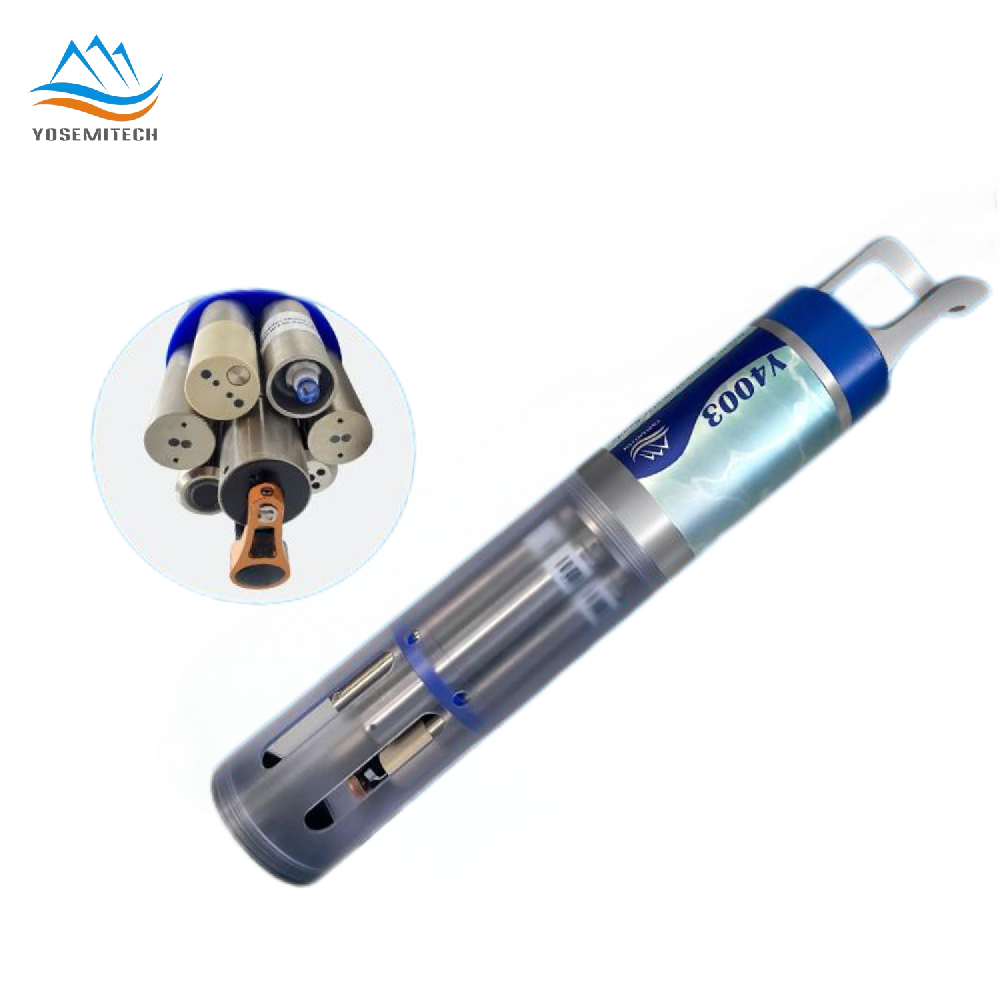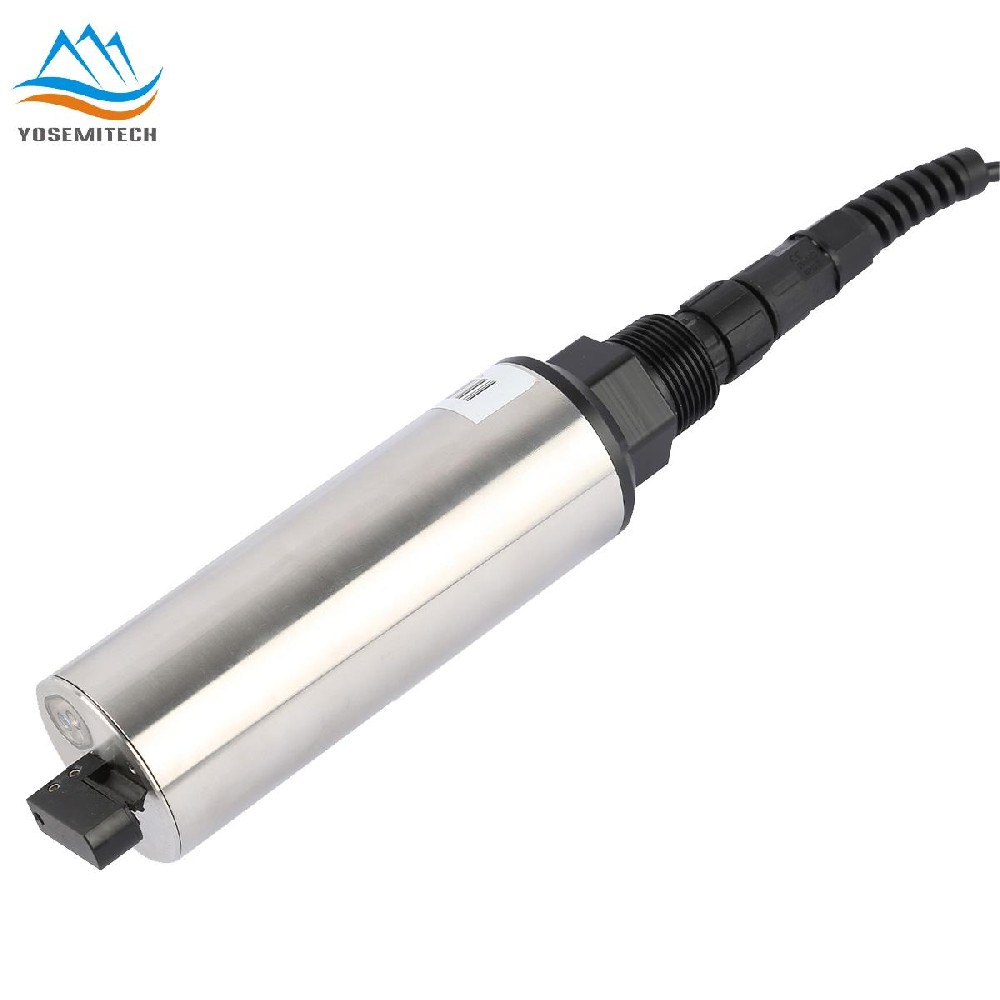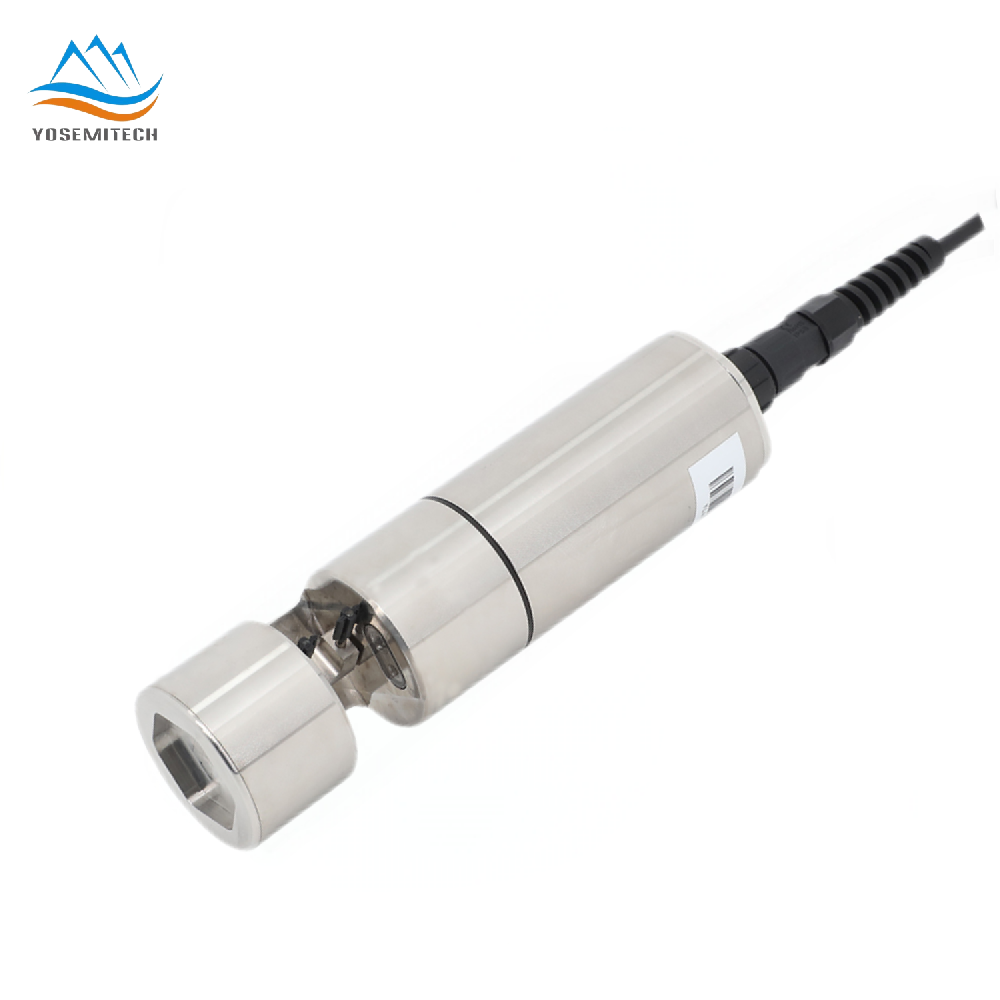Industry news
Difference Between pH and ORP: How They Influence Water Quality
Writer: admin Time:2024-09-09 10:38:16 Browse:2743℃
I. Introduction
II. Understanding pH
A. What is pH?
B. Ideal pH ranges for different water applications
C. How pH affects water quality
III. Understanding ORP (Oxidation-Reduction Potential)
A. What is ORP?
B. Ideal ORP ranges for different water applications
C. How ORP affects water quality
IV. Key Differences Between pH and ORP
A. Measurement units and scales
B. Indicators of water quality
C. Factors influenced by pH and ORP
D. Practical applications in water treatment and monitoring
V. Measuring pH and ORP
A. Types of sensors and meters
B. Calibration and maintenance
VI. Conclusion
VII. FAQs
I. Introduction
Water quality is a critical aspect of environmental health, affecting everything from aquatic ecosystems to human well-being. Two essential parameters in assessing water quality are pH and Oxidation-Reduction Potential (ORP). While both are crucial indicators of water's chemical state, they measure different aspects and influence water quality in distinct ways. This article will explains in detail what pH is, what ORP is, the difference between ORP and pH, and how to measure them, etc..
II. Understanding pH
A. What is pH?
pH is a measure of how acidic or alkaline a solution is. It is a scale that ranges from 0 to 14, with 7 being neutral. A pH value below 7 indicates acidity, while a value above 7 indicates alkalinity, and value of 7 indicates neutral.
Video from @fuseschool
B. Ideal pH Ranges for Different Water Applications
Drinking Water: The World Health Organization (WHO) recommends a pH range of 6.5 to 8.5 for drinking water. This range ensures that the water is neither too acidic nor too alkaline, which can affect taste, corrosiveness, and potential health impacts.
Swimming Pools: For swimming pools, the ideal pH range is between 7.2 and 7.8. This range helps maintain the effectiveness of chlorine and ensures comfort for swimmers' skin and eyes.
Aquaculture: In aquaculture, the optimal pH range is typically between 6.5 and 9.0, depending on the species of fish. Fish are sensitive to pH changes, and maintaining the correct range is crucial for their health and growth.
C. How pH Affects Water Quality
Corrosiveness: Acidic water (low pH) can be corrosive, leading to the leaching of metals from pipes and fixtures, which can be harmful to health.
Scaling: Alkaline water (high pH) can lead to scaling, where mineral deposits build up on surfaces, reducing the efficiency of water heaters and other appliances.
Biological Activity: Extreme pH levels can inhibit the growth of beneficial microorganisms and encourage the growth of harmful ones, affecting water treatment processes and aquatic life.
III. Understanding ORP (Oxidation-Reduction Potential)
A. What is ORP?
Oxidation-Reduction Potential (ORP) is a measure of the tendency of a solution to either gain or lose electrons from chemical reactions. It is measured in millivolts (mV) and indicates the oxidizing or reducing power of a solution. A positive ORP value indicates an oxidizing environment, while a negative value indicates a reducing environment.
B. Ideal ORP Ranges for Different Water Applications
Drinking Water: An ORP of 650 to 850 mV is generally considered ideal for drinking water, indicating that the water is sufficiently oxidizing to kill harmful microorganisms.
Swimming Pools: For swimming pools, an ORP of 650 to 750 mV is recommended to ensure that chlorine is effectively sanitizing the water.
Aquaculture: In aquaculture, the optimal ORP range is typically between 300 and 500 mV, depending on the species and life stage of the fish.
C. How ORP Affects Water Quality
Disinfection: A high ORP indicates that the water has a strong disinfecting power, which can kill or inhibit the growth of bacteria, viruses, and other pathogens.
Chemical Reactions: ORP influences the rate and direction of chemical reactions in water treatment processes, such as oxidation of iron and manganese.
Biological Processes: ORP can affect the metabolic processes of aquatic organisms, with high ORP levels potentially causing stress or harm.
IV. Key Differences Between pH and ORP
A. Measurement Units and Scales
pH: Measured on a scale from 0 to 14, with 7 being neutral.
ORP: Measured in millivolts (mV), with positive values indicating an oxidizing environment and negative values indicating a reducing environment.
B. Indicators of Water Quality
pH: Indicates the acidity or alkalinity of water, which can affect taste, corrosiveness, and biological activity.
ORP: Indicates the oxidizing or reducing power of water, which can affect disinfection efficacy and chemical reactions.
C. Factors Influenced by pH and ORP
pH: Influences the solubility of minerals, the activity of microorganisms, and the chemical stability of water.
ORP: Influences the redox reactions in water, which can affect the presence of harmful substances and the effectiveness of disinfection.
D. Practical Applications in Water Treatment and Monitoring
pH: Used in water treatment to adjust the acidity or alkalinity to optimal levels for various applications, such as drinking water, swimming pools, and aquaculture.
ORP: Used in water treatment to monitor the effectiveness of disinfection and to control the redox reactions that can affect water quality.
V. Measuring pH and ORP
A. Types of Sensors
pH Probes and Sensors: Yosemitech Y532-A Online Digital pH Sensor adopts glass electrode to measure the hydrogen ion concentration in water, using long-life industrial online electrodes, built-in temperature sensor for automatic temperature compensation. The sensor uses RS485 communication interface and standard MODBUS protocol. Yosemitech pH sensors are economical and environmentally friendly, greatly improving your water quality monitoring efficiency and reducing your maintenance costs.They are widely used in laboratories, water treatment plants, wastewater treatment, swimming pool and industrial settings.
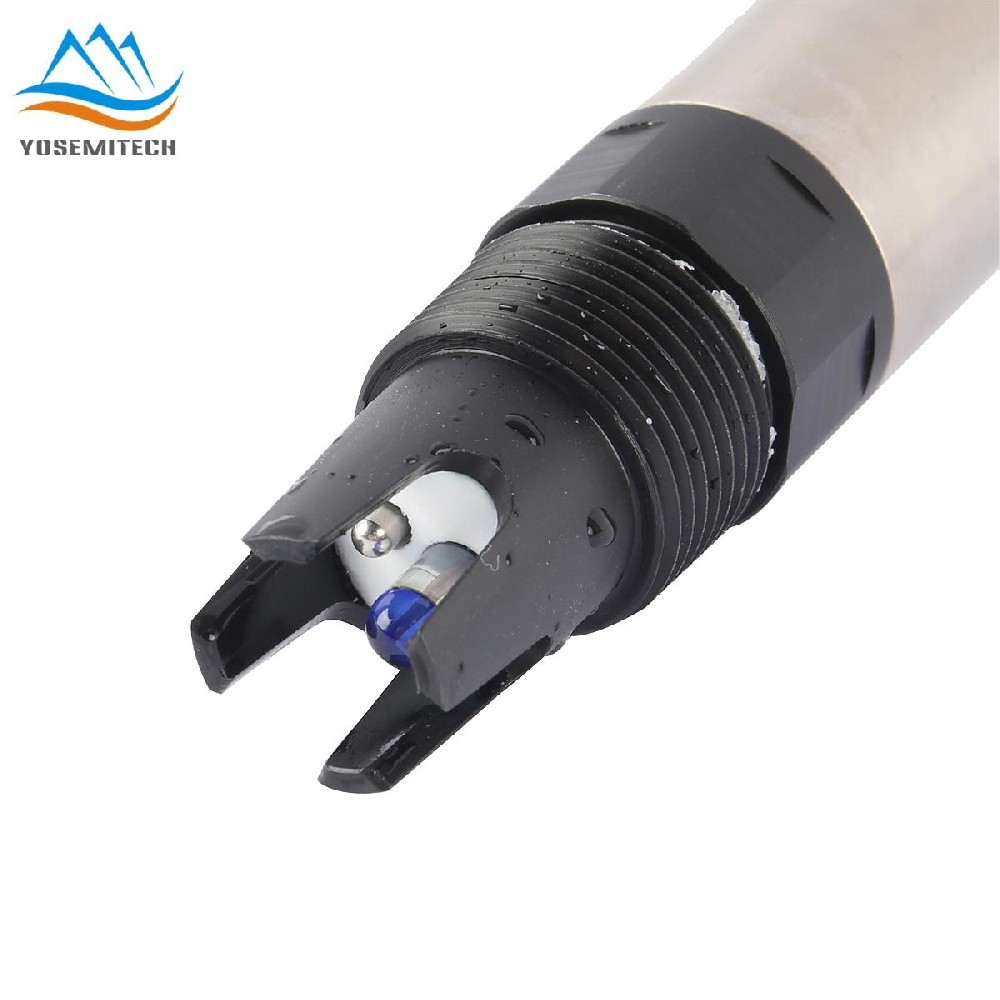
ORP Probe and Sensors: Yosemitech Y533-A ORP sensor uses a long-life industrial online electrode and a built-in temperature sensor for automatic temperature compensation, making it suitable for long-term online monitoring. It does not require electrolyte, has strong anti-interference and does not require frequent calibration. The ORP Probe is widely used in water quality treatment, hydrological monitoring, wastewater treatment, chemical industry, biology and other fields.
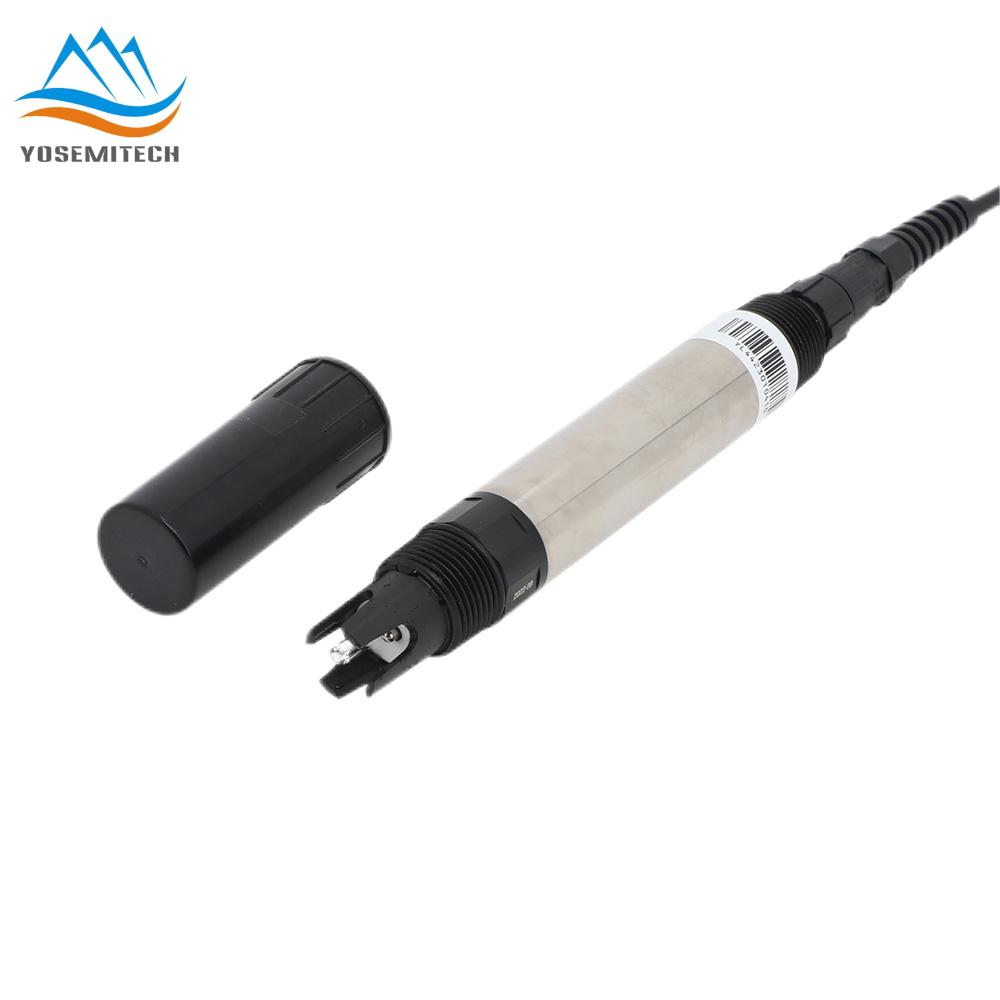
B. Calibration and Maintenance
pH Meters: Require regular calibration using buffer solutions of known pH to ensure accuracy. Maintenance includes cleaning the electrode and replacing it when necessary.
ORP Meters: Also require calibration using standard solutions. Maintenance involves cleaning the electrode and checking the reference electrode for proper operation.
VI. Conclusion
pH and ORP are two vital parameters in water quality assessment, each providing critical information about the chemical state of water. While pH indicates the acidity or alkalinity, ORP measures the oxidizing or reducing power. Both parameters influence water quality in significant ways, affecting everything from the taste and safety of drinking water to the health of aquatic ecosystems. Understanding the difference between pH and ORP and how to measure and maintain them is essential for effective water management and treatment.
VII. FAQs
Q1: What is the relationship between pH and ORP?
A1: pH and ORP are related but measure different aspects of water chemistry. pH measures the acidity or alkalinity, while ORP measures the oxidizing or reducing power. Both can influence each other; for example, a change in pH can affect the ORP reading and vice versa.
Q2: Can pH and ORP be measured simultaneously?
A2: Yes, pH and ORP can be measured simultaneously using combination electrodes that have both a pH and an ORP sensor. This allows for efficient and comprehensive water quality monitoring.
Q3: How do extreme pH levels affect aquatic life?
A3: Extreme pH levels can be harmful to aquatic life. Highly acidic or alkaline conditions can damage the gills and skin of fish, leading to stress, disease, and even death. Maintaining a stable pH range is crucial for the health of aquatic ecosystems.
Q4: What are the common causes of low ORP in water?
A4: Low ORP in water can be caused by several factors, including the presence of organic matter, low levels of dissolved oxygen, and the absence of oxidizing agents like chlorine or ozone. Addressing these factors can help improve the ORP and, consequently, the water quality.
Yosemitech is a high-tech enterprise focusing on the research and development, production and sales of water quality sensors for 10 years+. If you have any needs, please contact us, our professional technical service team will provide you with satisfactory service
Tag: ORP, pH, ORP Sensor, pH Sensor, What is ORP, What is pH, ORP Meter, pH Meter, Yosemitech, Water Quality Sensor Manufacturer, ORP Sensor Manufacturer, pH Sensor Supplier
CATEGORIES
CONTACT US
Yosemitech Technologies Co., Ltd
 +86 19984844080
+86 19984844080
 sales@yosemitech.com
sales@yosemitech.com
 Bldg,25,CECEP Industrial Park, No. 18 Dongchang Rd. Suzhou Industrial Park, Jiangsu Province,China 215126, China
Bldg,25,CECEP Industrial Park, No. 18 Dongchang Rd. Suzhou Industrial Park, Jiangsu Province,China 215126, China
